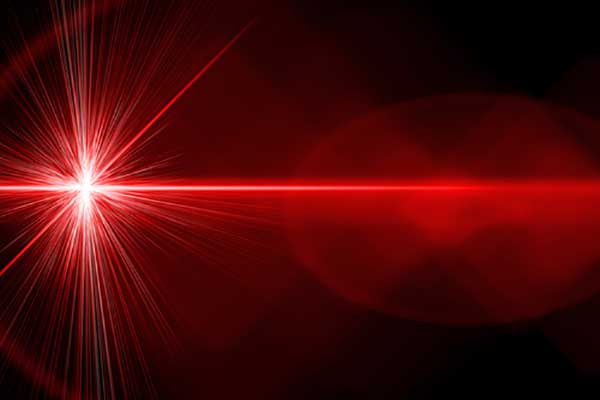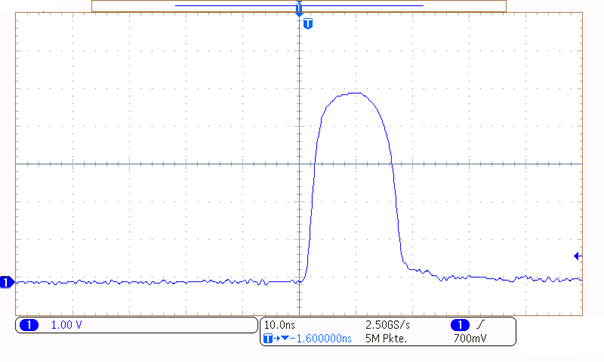Laser Radiation Measurements
Gigahertz Optik GmbH produces instruments for measuring optical radiation from lasers and laser diodes that are widely used in measurement, analytical and telecommunication equipment as well as in sensor technologies. The product range includes instruments for measuring continuous, modulated and pulsed laser radiation.
On this page laser measurement examples from different areas of laser radiation like laser power measurements, laser waveform measurements, VSCEL measuremernt, etc. are presented.
Laser Power Measurement
Lasers are widely used in many different applications today. Optical communications, laser printing, material processing, distance measurement (LiDAR), medicine and mass spectrometry to name a few.
For many of these applications, the power (peak power, average power, pulse shape) or energy as well as the stability of the laser being used must be measured in order to control for instance the safety according to safety standards like Artificial Optical Radiation Directive 2006/25/EC or laser classification according to EN 60825-1 classification. For such kind of measurements, the combination of a photodiode-based sensor and an electronic read-out device (Optometer) can be used.
See our range of products and customized solutions for this application.
High Speed Integrating Spheres and Detectors for Pulse Energy and Pulse Waveform Measurement of Lasers/VCSELs
LiDAR technology is being actively used in an increasing number of different applications, ranging from automotive, airborne topographic mapping, and security to agriculture and industry. Most of these applications require laser diodes emitting short pulses (down to ns) with peak powers of several Watts or even kW in order to allow high spatial LiDAR measurement solutions and long detection range. Especially new technologies like flash LiDAR systems are based on time-of-flight measurements, with the benefit that they do not require beam scanners because only one short laser pulse with a large divergence is used to cover the whole scene. The depth of encountered objects can then be immediately recovered from measurement of the echoed light, hence enabling real-time 3D mapping of the environment.
For such tasks a frequently used type of semiconductor technology is the Vertical Cavity Surface Emitting Laser (VCSEL). These typically show an elliptical beam profile with high divergence which might be adapted by the use of optics in front of the laser diode. In order to perform a full temporal characterization of VCSELs - and hence these kinds of LiDAR sources-, the average power alone is not sufficient. Also, properties like pulse width, pulse shape, pulse frequency and peak power are important.
UV Laser Power Measurement in UV Laser Confocal Microscopes
UV laser scanning confocal microscopes provide sample illumination from a UV laser via a microscope objective which results in a highly convergent beam. Therefore, in order to measure the total radiated power in the beam a detector with a large acceptance angle is required.
The photodiodes routinely used for radiometric measurements have a two-dimensional sensor surface. At shallow angles a portion of the incident radiation is reflected from the surface thereby reducing the measured radiation power. This can result in a significant measurement error when measuring the highly convergent beam of a confocal microscope. By appropriately combining the photodiode with a compact integrating sphere this source of error can be minimized. This design of detector offers a large acceptance angle and can also withstand higher laser power levels. Due to the size and shape of an integrating sphere detector it must be possible to rotate the microscope’s sample table to enable positioning of the detector.
Example Configuration: Radiant Power and Energy Measurement of Laser Rangefinders
The measurement of laser power is not always possible with off-the-shelf instruments due to the design and specifications of the laser. For such cases, the ability to configure systems from modular components is a good approach.
In the following example, a laser power meter was required to measure the intensity of a combined laser rangefinder and laser pointer system. For the laser rangefinder the energy of single pulses and pulse sequences (at 1550nm) need to be measured and for the laser pointer the average power is specified (at 830nm). The maximum beam diameter is 45 mm. The system must be traceable to a National Metrology Institute in order to obtain the certificate of conformity for Class 1 according to EN 60825-1 classification.



